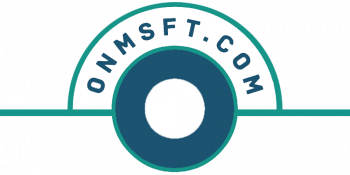It may seem like we have just bid farewell to the decade old operating system, Windows XP, but Microsoft has already started warning users of the end of the Mainstream support for Windows 7. The company reminded users the approaching deadline of several of its software that are headed off to no-support zone in the second half of 2014.
Readers should note that Microsoft is referring to the Mainstream support, which is different from the “end of support”. The Mainstream support provides free patches and fixes but is not limited to security patches. The mainstream support typically ends after five years, though Microsoft would continue to provide security patches for another 5 years.
The Mainstream support for several of Microsoft products including Windows 7, Dynamics C5 2010, Dynamics NAV 2009, Dynamics NAV 2009 R2, Exchange Server 2010 Enterprise, Exchange Server 2010 Standard, Windows Embedded Handheld 6.5, Windows Server 2008 (several editions, including basic and embedded) are ending on January 2015.
Whereas, the same support for Windows Phone 7.8 ends on September 9, 2014. Furthermore, service packs of Forefront Unified Access Gateway 2010 Service Pack 3, and Visual Studio 2012 Remote Tools, Visual Studio 2012 Test Professional, Visual Studio Express 2012 for Web, Visual Studio Express 2012 for Windows 8, and Visual Studio Express 2012 for Windows Desktop will end on January 13, 2015. Office 2010 Service Pack 1 and SharePoint Server 2010 Service Pack 1 will have their mainstream support ended on October 14, 2014.
If your company is still using Windows Server 2003, you need to be alarmed, as the complete suite will see their mainstream support cut on July 14, 2015. Microsoft hopes that these companies will upgrade their computers to Windows Server 2012 R2 or Azure soon. Microsoft suggests these companies to start taking actions soon, as it usually takes over 200 days for complete migration. Plus the architectural changes in 32 bit to 64 bit technology could be a game changer for these companies.
As for the service packs that are approaching the deadline, Microsoft suggests, “Customers should migrate to the next available Service Pack to continue to receive security updates and be eligible for other support options”.
Windows 7 powers over 50 percent of the desktop and laptops in the world. If Microsoft fails to convince people to switch to Windows 8, or the new Threshold, we might witness another set of panic among consumers.


